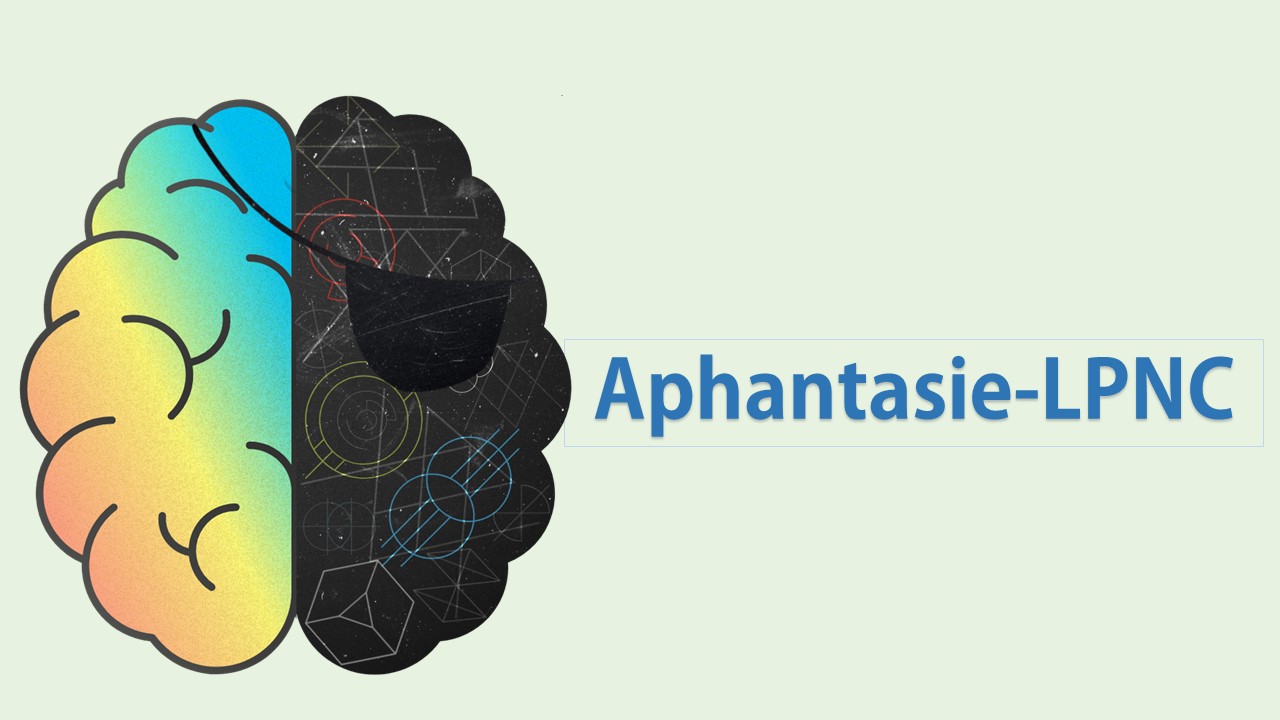Equipe Développement et Apprentissage,
Research
How Children think about Gender And Power: Beliefs, Attitudes and Self-perception – CHILD-GAP
Power imbalance occupies a central place in reflections on gender relations. Be it sexual violence (e.g. #MeToo), wage inequalities, or unequal conversation dynamics (e.g. mansplaining), the control of power by men is at the heart of current societal concerns and gender studies. The concept of gender is tightly intertwined with the notion of hierarchy, as in nearly all human societies gender categories are shaped by inequalities in status, resources, or rights. From a psychological viewpoint, people often view the gender distinction as a status distinction, which may lead them to conform their behavior to gender hierarchies. The internalization of gender norms and the adoption of gender-typed behaviors is likely to emerge in early childhood. Since the association between power and masculinity in children’s representations may entrench and perpetuate gender inequalities, it is paramount to understand how and when children become sensitive to the power imbalance between genders.
While much is known about adults' conceptions of power and gender, research has rarely addressed this issue in children. First, most studies on understanding of dominance and power in infants and preschoolers have neglected the gender issue, using stimuli that involve interactions between two characters who are either non-gendered, of a single gender, or whose gender is confounded with the participant's gender. Second, studies on early conceptions of gender have neglected to explore how children view power dynamics between males and females, focusing instead on their ability to distinguish between the traits, behaviors, preferences, activities, or even symbolic qualities that are stereotypically associated with males and females. Furthermore, when some of these studies did address children’s representations of gender inequalities, they called upon complex notions such as occupational status, economy, politics, all of which are far beyond the youngest children’s experience of the social world.
Based on an experimental approach CHILD-GAP addresses three key questions: 1) Do infants and preschoolers have specific expectations about gendered power? 2) What are children’s attitudes regarding gendered power? 3) How do they conceive of their own identity in the context of gendered power? We will study several factors that might modulate the mechanisms underlying these representatinos. First, we will examine how children associate gender with different types of power, as power manifests in several forms that might be more or less prosocial. Second, we will focus not only on preschool and school-age children children, but also on infants and toddlers. Given that in their first year of life, infants show some understanding of concepts such as dominance, and are able to make gender distinctions, it is worth asking whether they understand gendered notions of power. In addition, we will analyze how children’s representations of gendered power change as they grow older. Third, children’s expectations, attitudes and self-concepts with regards to gender and power are likely to be modulated by their own gender, as children as young as 4 years an own-gender preference. Fourth, because children's cultural environment is likely to influence their conceptions of gender, we will carry out some of our experiments not only in France but also in countries that differ greatly in terms of gender gap, namely Norway and Lebanon.
By considering all these factors, we believe that CHILD-GAP will advance our knowledge of the early development of representations linking gender and power, and that it could be the building block for intervention research to reduce power imbalance in gender relations.
See the publications in the HAL-ANR portal
Coordinator & Partners
Coordinator : Jean-Baptiste Van Der Henst (Centre de Recherche en Neurosciences de Lyon)
Partners :
2LPN Hélène MAIRE
CRNL Centre de Recherche en Neurosciences de Lyon
LPNC LABORATOIRE DE PSYCHOLOGIE ET NEUROCOGNITION - Babylab



